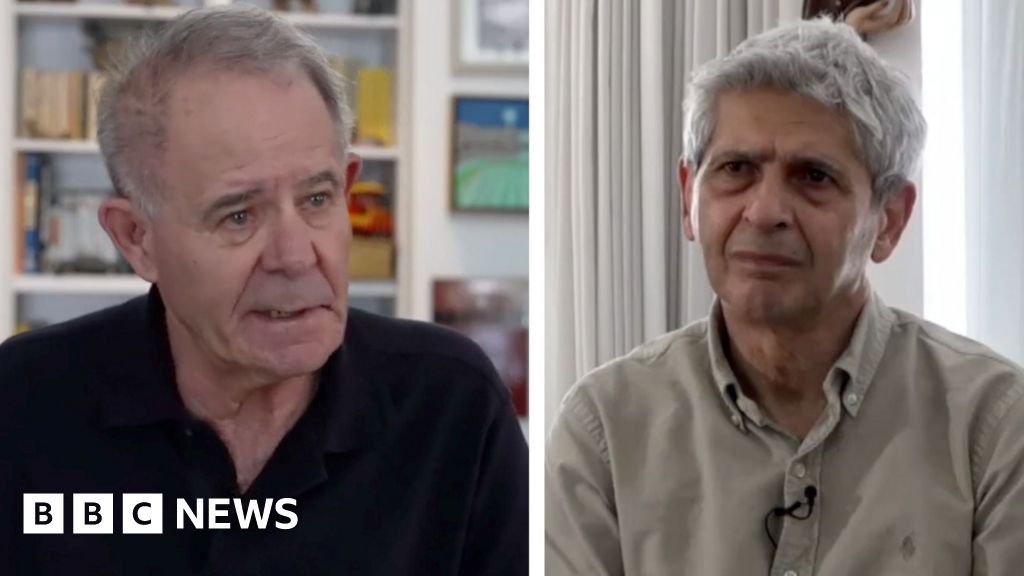With artificial photosynthesis, mankind could utilize solar energy to bind carbon dioxide and produce hydrogen. Chemists from Würzburg and Seoul have taken this one step further: They have synthesized a stack of dyes that comes very close to the photosynthetic apparatus of plants. It absorbs light energy, uses it to separate charge carriers and transfers them quickly and efficiently in the stack.
Photosynthesis is a marvelous process: plants use it to produce sugar molecules and oxygen from the simple starting materials carbon dioxide and water. They draw the energy they need for this complex process from sunlight.
If humans could imitate photosynthesis, it would have many advantages. The free energy from the sun could be used to remove carbon dioxide from the atmosphere and use it to build carbohydrates and other useful substances. It would also be possible to produce hydrogen, as photosynthesis splits water into its components oxygen and hydrogen.
Photosynthesis: A complex process with many participants
So it’s no wonder that many researchers are working on artificial photosynthesis. This is not easy, because photosynthesis is an extremely complex process: it takes place in the cells of plants in many individual steps and involves numerous dyes, proteins and other molecules. However, science is constantly making new advances.
One of the leading researchers in the field of artificial photosynthesis is chemist Professor Frank Würthner from Julius-Maximilians-Universität (JMU) Würzburg in Bavaria, Germany. His team has now succeeded in imitating one of the first steps of natural photosynthesis with a sophisticated arrangement of artificial dyes and analyzing it more precisely.
The results were obtained in collaboration with Professor Dongho Kim’s group at Yonsei University in Seoul (Korea). They have been published in Nature Chemistry.
The researchers have succeeded in synthesizing a stack of dyes that is very similar to the photosynthetic apparatus in plant cells—it absorbs light energy at one end, uses it to separate charge carriers and transfers them step by step to the other end via the transport of electrons. The structure consists of four stacked dye molecules from the perylene bisimide class.
“We can specifically trigger the charge transport in this structure with light and have analyzed it in detail. It is efficient and fast. This is an important step towards the development of artificial photosynthesis,” says JMU Ph.D. student Leander Ernst, who synthesized the stacked structure.
Next, the JMU research team wants to expand the nanosystem of stacked dye molecules from four to more components—with the aim of ultimately creating a kind of supramolecular wire that absorbs light energy and transports it quickly and efficiently over longer distances. This would be a further step towards novel photofunctional materials that can be used for artificial photosynthesis.
More information:
Photoinduced stepwise charge hopping in π-stacked perylene bisimide donor-bridge-acceptor arrays., Nature Chemistry (2025). DOI: 10.1038/s41557-025-01770-7
Citation:
Artificial photosynthesis: Chemists develop dye stack that mimics plant energy conversion (2025, March 14)
retrieved 15 March 2025
from
This document is subject to copyright. Apart from any fair dealing for the purpose of private study or research, no
part may be reproduced without the written permission. The content is provided for information purposes only.

















